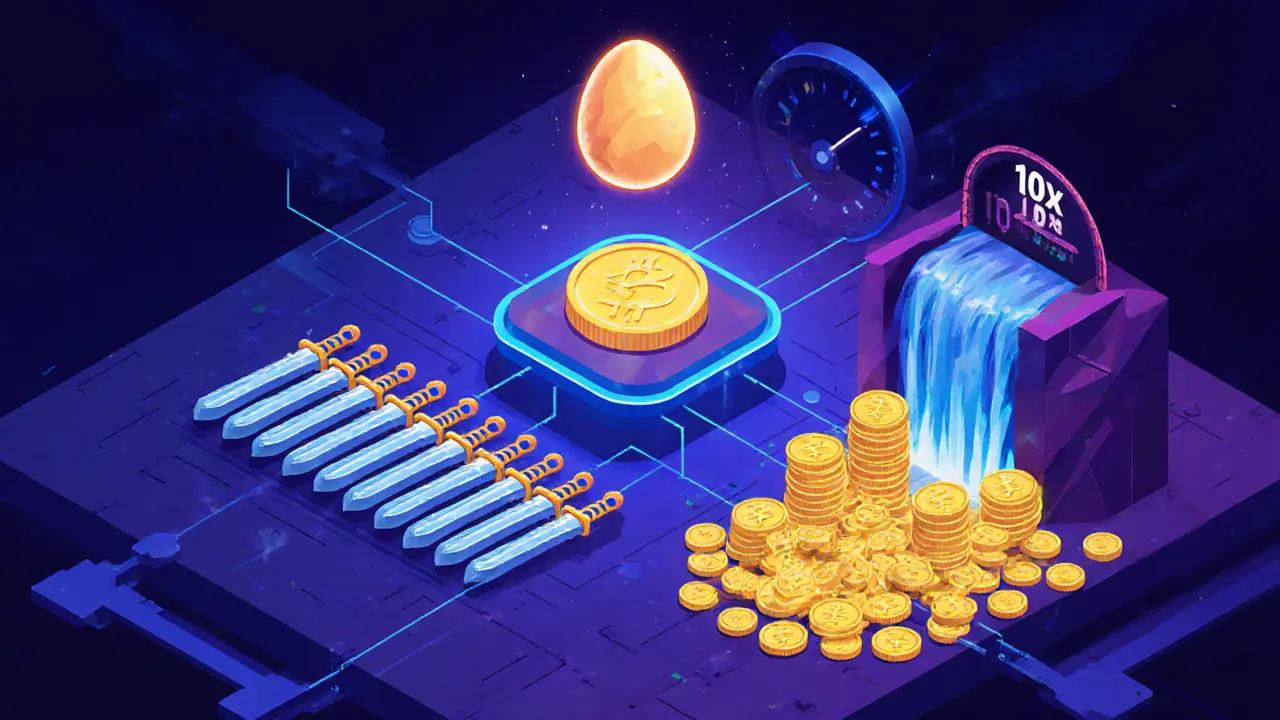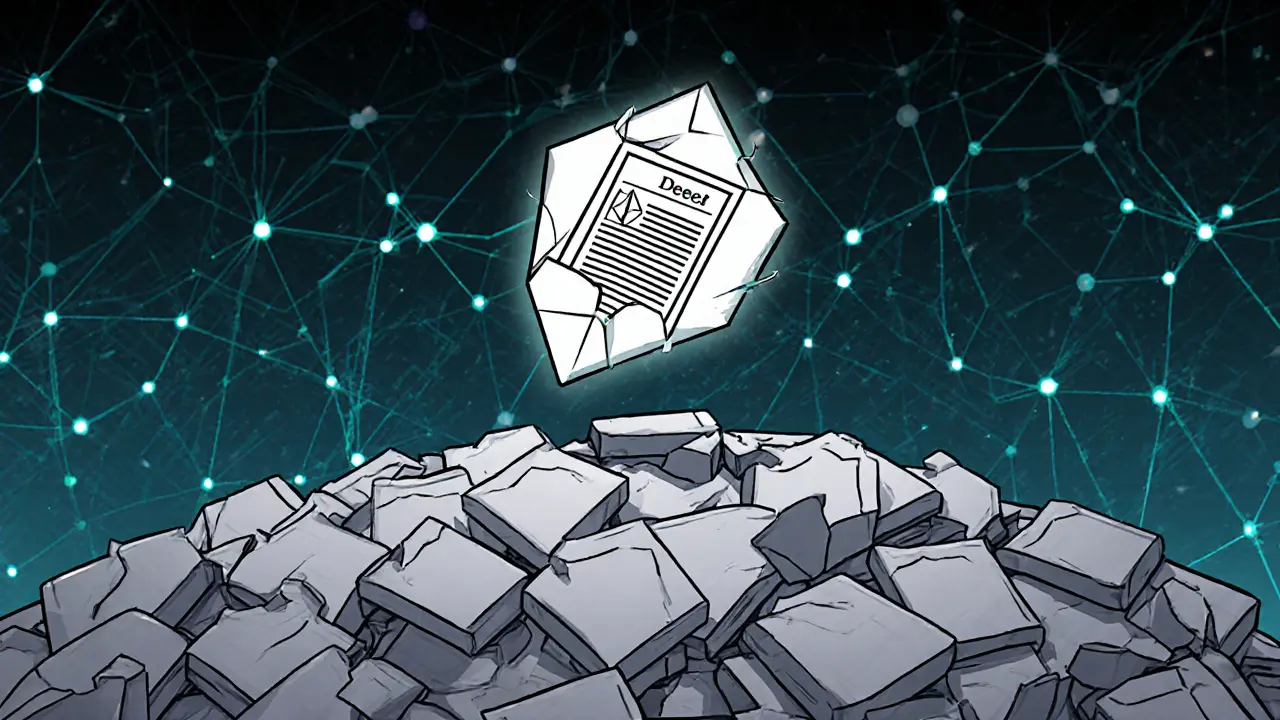Ethereum NFT: What They Are, How They Work, and What You Need to Know
When you hear Ethereum NFT, a unique digital asset stored on the Ethereum blockchain that proves ownership of art, music, or virtual items. Also known as ERC-721 tokens, it doesn't just show up as a picture—it comes with verifiable proof that you own it, no middleman needed. Unlike regular files you can copy, an Ethereum NFT is tied to your wallet, making it impossible to fake or replace. This is why people pay thousands for a JPEG of a monkey or a song clip—it’s not about the file, it’s about the chain-recorded proof that you’re the one who owns it.
Ethereum NFTs rely on smart contracts, which are self-executing codes that handle everything from sales to royalties. When you buy an NFT, the contract automatically sends the asset to your wallet and transfers the payment to the seller. If the creator set up a 10% royalty, they get that cut every time the NFT changes hands—no paperwork, no lawyer. That’s the power of Ethereum’s open system. But not all NFTs are created equal. Some are backed by real communities or utility, like access to events or future tokens. Others? Just hype with no future. That’s why you’ll see posts here breaking down real NFT projects like NFTLaunch, while warning you away from scams like CDONK or AXL INU—both fake airdrops trying to steal your crypto.
What makes Ethereum NFTs different from other blockchains? Speed, cost, and ecosystem. Ethereum has the biggest marketplaces, the most creators, and the most tools. But gas fees can spike, and that’s why some users are moving to Layer 2 solutions like Polygon or Arbitrum. Still, if you want to trade NFTs with real buyers, Ethereum is where the liquidity is. You’ll also find posts here covering how NFTs tie into broader trends—like fan tokens turning followers into owners, or how Story Protocol uses NFTs to protect creative work. But don’t get fooled by ghost tokens like Global Token (GBL), which shows up on exchanges with zero supply. Real NFTs have history, activity, and people behind them.
Whether you’re buying your first NFT or trying to avoid a rug pull, understanding Ethereum NFTs means knowing the difference between a digital collectible and a digital trap. The posts below give you real examples: how NFTLaunch plans its IDO, why some airdrops are legit while others are pure theft, and how to spot a fake NFT project before you click ‘connect wallet.’ You’ll learn what’s working, what’s fading, and what’s outright dangerous. No fluff. Just what you need to navigate Ethereum NFTs without losing your money.
ERC-1155: The Multi-Token Standard Explained for Developers and Gamers
ERC-1155 is a blockchain standard that lets one smart contract manage fungible tokens, NFTs, and semi-fungible assets together. It cuts gas fees by up to 90% and is now the top choice for blockchain games and complex digital economies.
learn moreUnderstanding ERC-721 NFT Standard: How Unique Digital Assets Work on Ethereum
ERC-721 is the Ethereum standard that made digital ownership possible. Learn how unique NFTs work, how they differ from fungible tokens, and why they dominate the NFT market despite higher costs.
learn more
